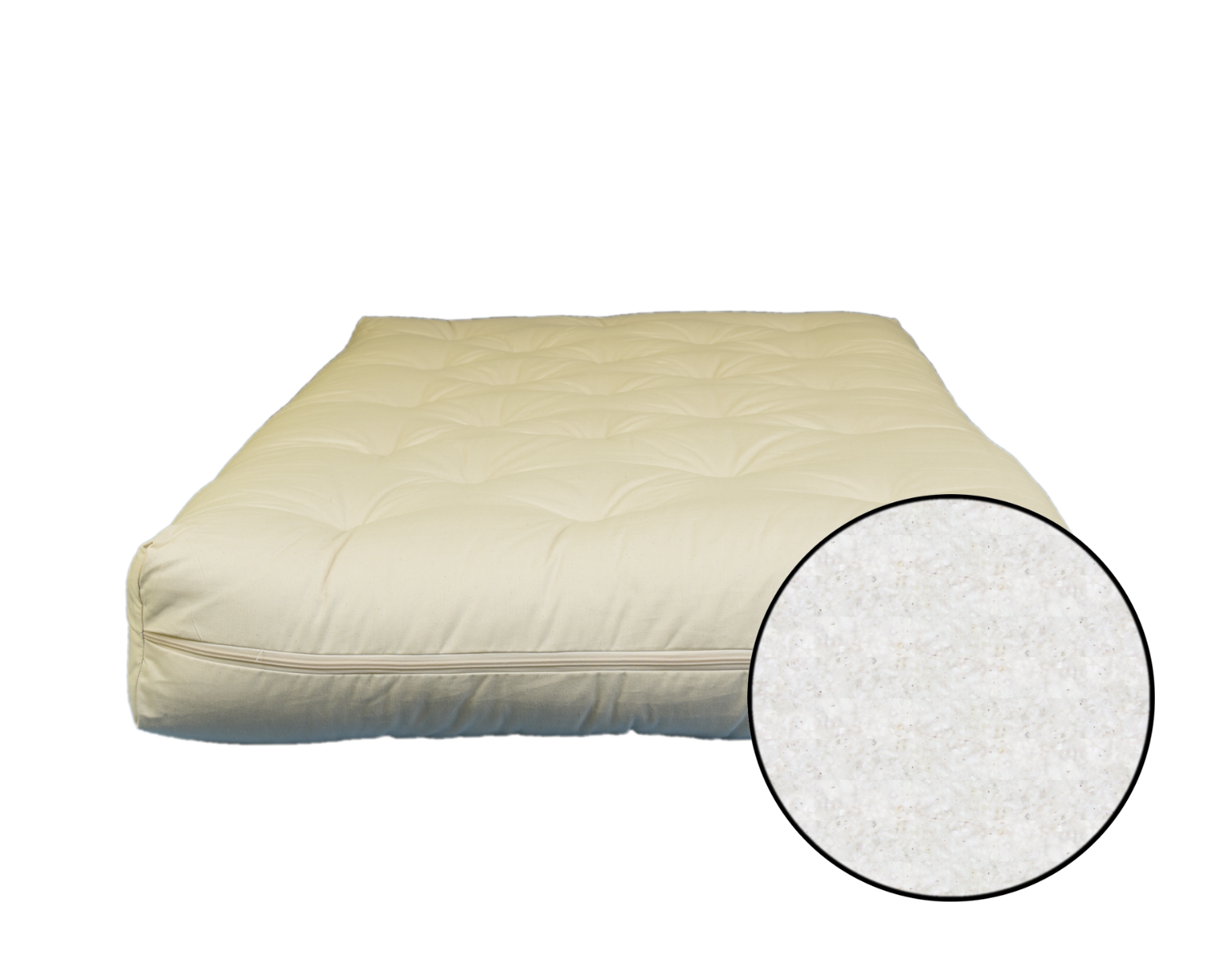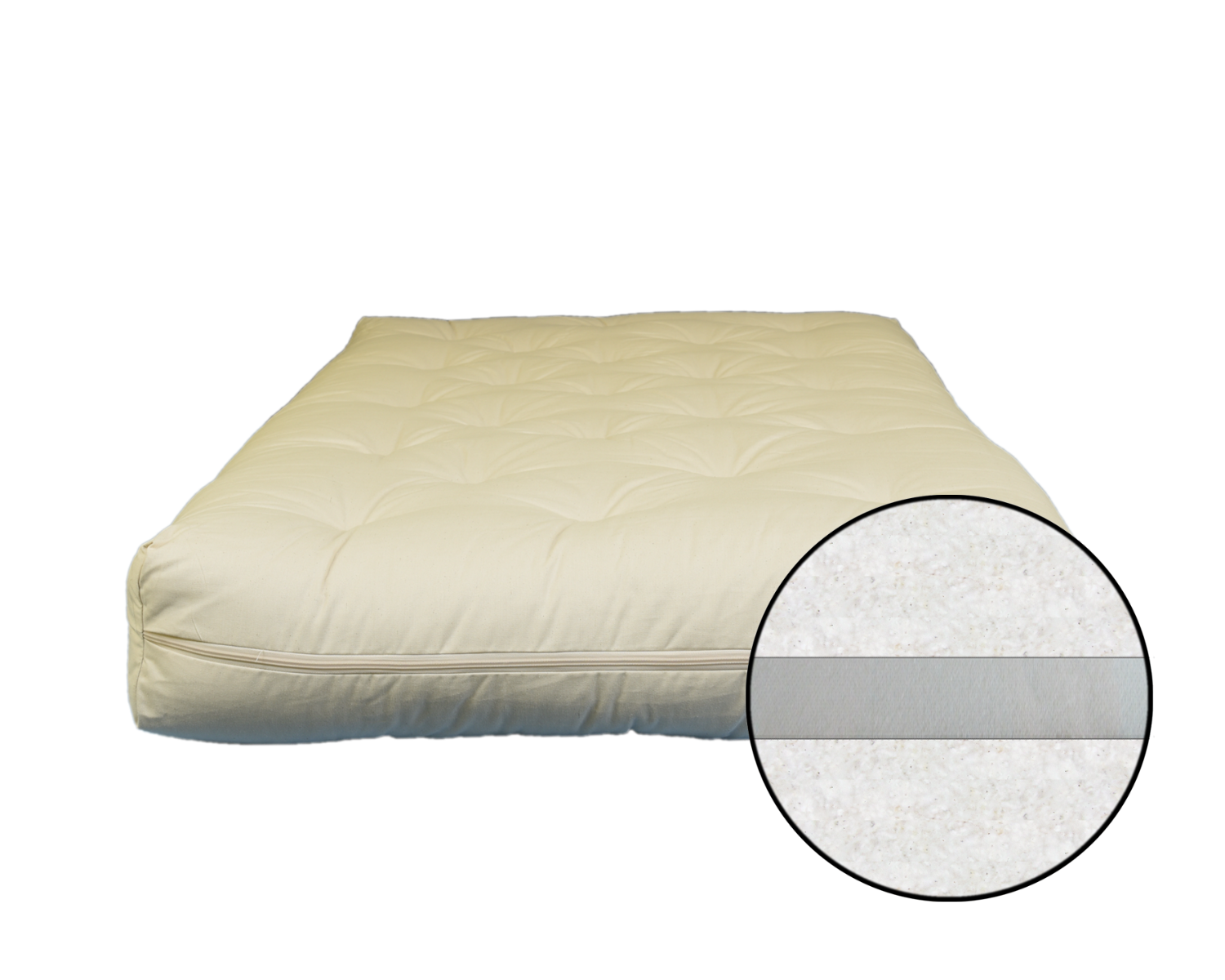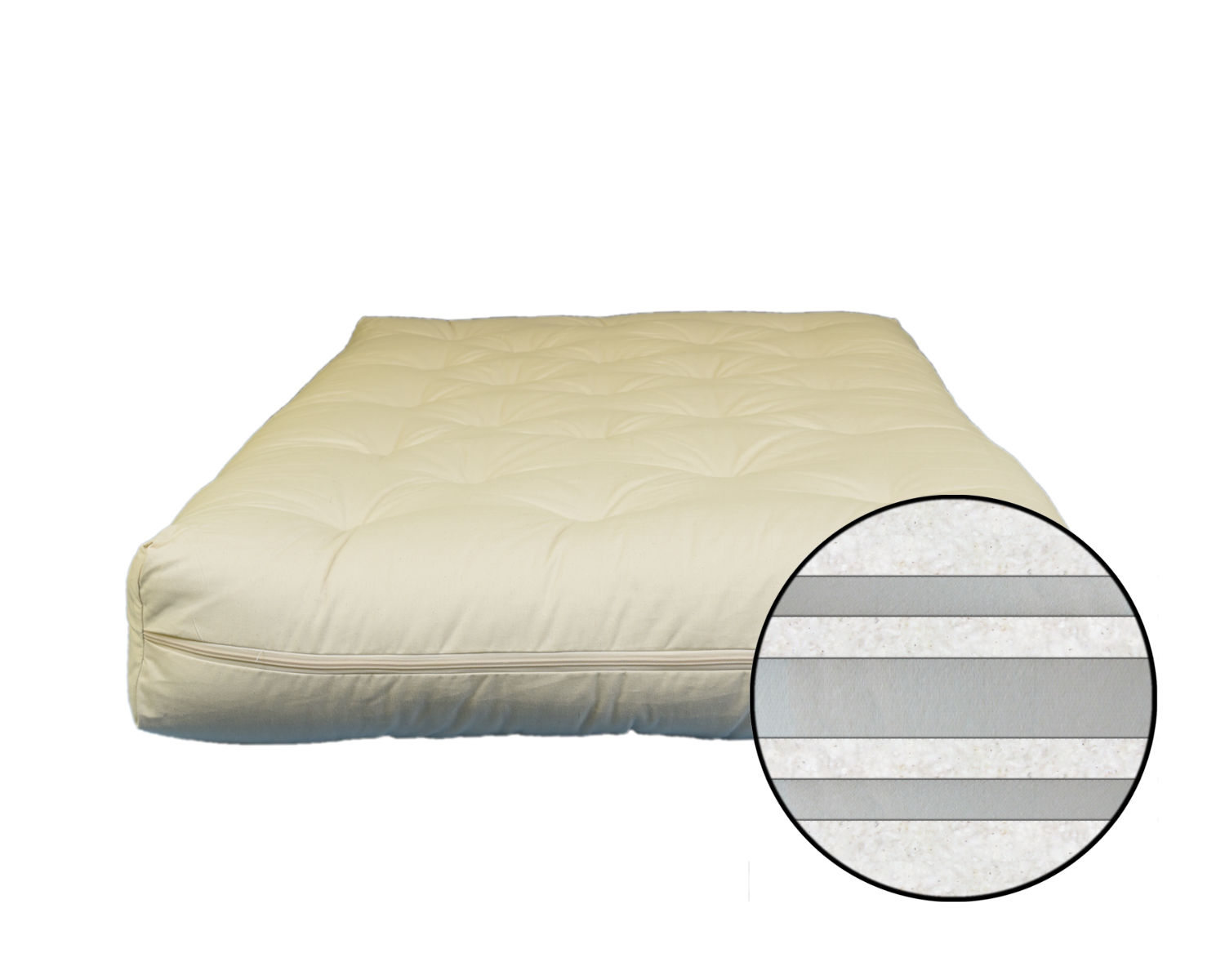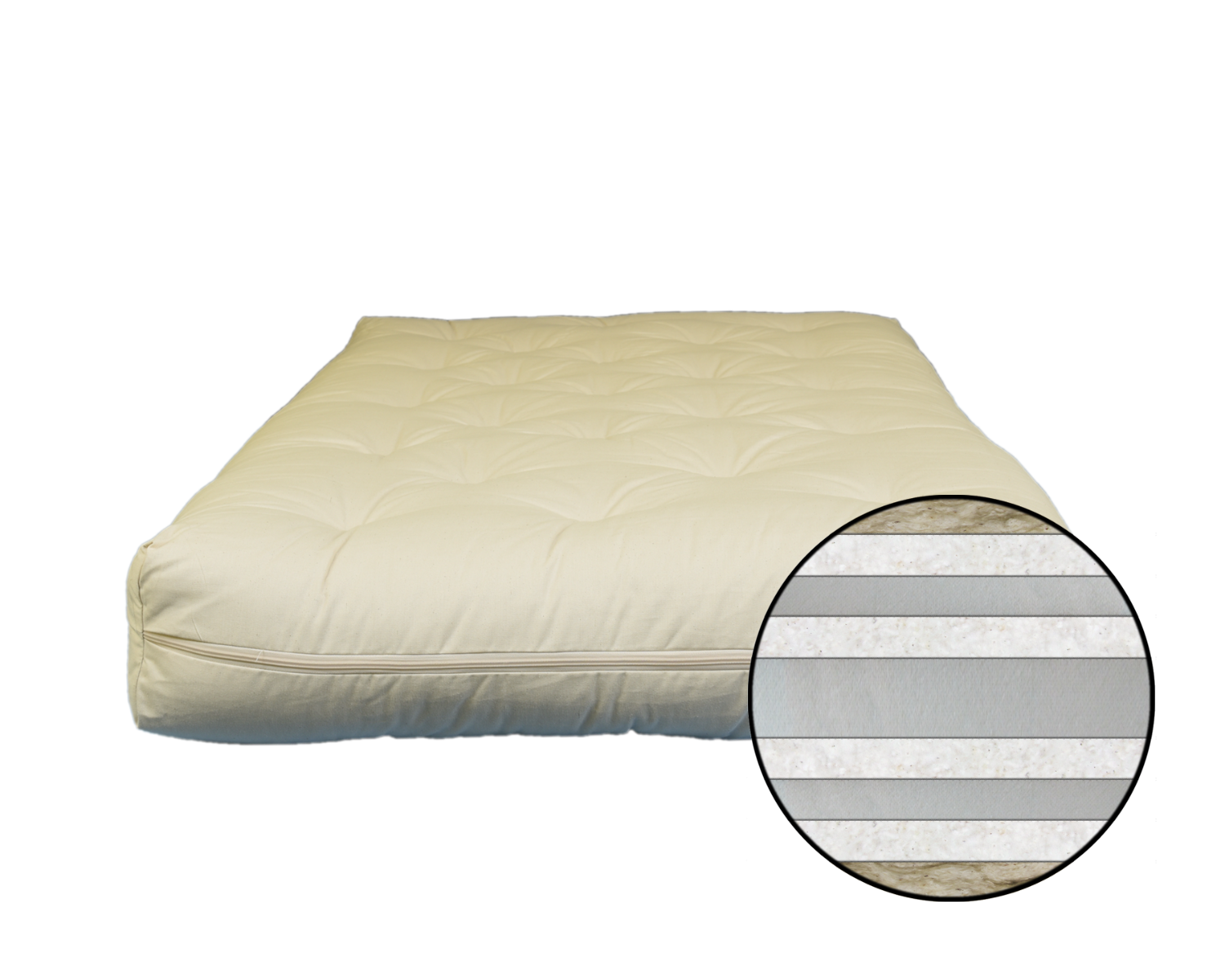Ask yourself, how old is your current mattress? If it’s worn out, you are not aware of the problems it’s causing your health.
When your mattress loses firmness, it could lead to body pain and aches. Your sleep may disrupt, making you toss and turn throughout the night. Well, other than that, the presence of allergens, dust mites, mold, mildew, etc., in an old, worn-out mattress is a common issue. Such an uncomfortable sleep surface can keep you up late at night. And lack of sleep can cause emotional upheavals, mood swings, and anxiety.
There are multiple reasons why people prefer sleeping on an organic mattress nowadays. In this article, you learn how your old mattress is affecting both your physical and mental health.
Risk Factors of Sleeping on an Old Mattress
Sleeping on a surface that is harmful to your health is nothing but folly. Don’t risk your health by sleeping on a surface that doesn’t wake you up feeling refreshed.
Are you facing the following problems by sleeping on your current mattress?
1. Back Pain
Old mattresses that are worn out and no longer provide adequate support can cause the spine to be misaligned during sleep, leading to discomfort and pain. Over time, the springs and foam in a mattress can break down, making it sag and lose its firmness, which can cause back pain.
Over time, your mattress loses its shape and firmness. If your current mattress is stiff or way too soft, it can cause tension in your back, shoulder, and neck. If you feel such pain in your body parts after waking up, you can consider purchasing an organic mattress.
Many homeowners try to remedy this problem by rotating the old mattress so that the piled foam or inner filling scatter inside the mattress. Sometimes, this trick does not work, especially when the mattress is uncomfortable. If you’re facing similar problems with your existing mattress then it’s time to purchase a new one.
2. Mold and Fungi
Your mattress collects dust, sweat, and dead skin cells, and becomes heavier over time. These substances altogether make an old mattress damp and an ideal harbor for mold, mildew, or fungus. In addition, if a mattress is placed in a humid environment, it also accumulates mold.
Your old mattress may contain multiple types of fungi. The worst part is that you could be breathing on them, which can lead to respiratory problems or skin allergies. If an old mattress isn’t maintained properly, the fungus fortifies.
Another factor that contributes to mold growth in mattresses is the lack of ventilation. When a mattress is covered with a bedsheet, blanket, or other bedding materials, it causes a lack of airflow. It traps moisture and creates an environment, perfect for mold and fungi to thrive.
3. Bugs or Mites
The dead skin cells you shed on your old mattress are the food for dust mites and bed bugs. As your mattress gets older it can develop cracks, and crevices, and create an ideal place for mites to dwell. Also, an old mattress accumulates dust, skin cells other debris that bedbugs feed on.
If you are using an old mattress, you must be aware of the signs of a bedbug infestation. These can include tiny white eggs, small reddish-brown bugs, dark spots, or smears on the mattress. Additionally, you may feel a bite on your skin or a blood stain on your sheets. To reduce the risk of bedbugs, it is essential to clean and maintain your mattress. Moreover, you should consider buying a new organic mattress when your old one has been used for a very long time.
4. It Can Trigger Asthma
An old mattress can trigger allergic reactions by trapping dust mites, which are one of the most common allergens associated with Asthma. Dust mites feed on skin cells and other debris on an old mattress, and excrete tiny waste palettes that you may breathe in. Allergic reactions due to these waste substances cause inflammation in your respiratory tract, causing you to sneeze, cough, and have shortness of breath.
Old mattresses can also accumulate mold spores which can become airborne and cause respiratory problems in sensitive individuals. To reduce the risk of these allergens and Asthma, it is important to maintain good air quality by controlling humidity and reducing exposure to other allergens. Also, switching to a mattress that is made with organic materials will be a wise option.
The Bottom Line
It is recommended by experts that a mattress should be replaced every 8-10 years, under normal conditions. Though the age of a mattress depends on its material, the points mentioned in this article are a clear indication that you need a new mattress. For example, you may feel your mattress sag or soften too much to sleep on comfortably or you could be coughing or sneezing a lot.
One of the significant benefits of sleeping on a non-toxic organic mattress is that it can reduce exposure to potentially harmful chemicals used in conventional mattresses. Organic mattresses offer better support to your body, and quality sleep, preventing mold and mites and reducing environmental impact.








